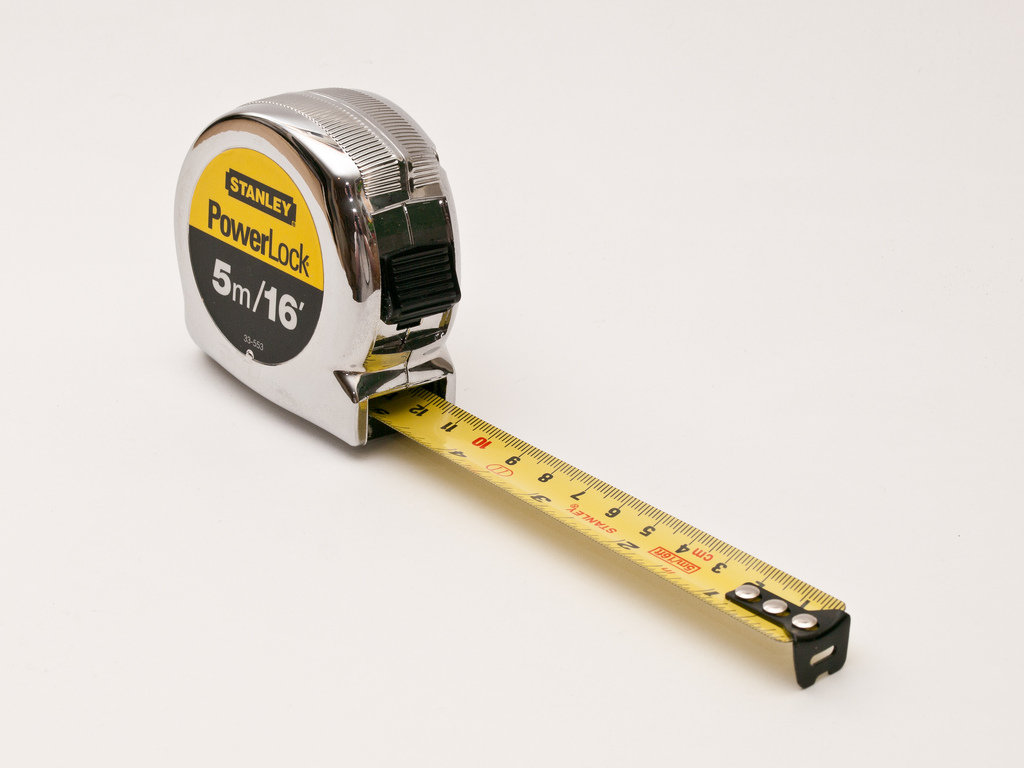1. Travel Midweek.
Some destinations, like Las Vegas or Palm Springs, have MUCH higher rates on the weekends than midweek. Traveling midweek can result in reservations that are only 1/4 of the Friday and Saturday night rates.
Being a freelancer, I’m able to travel midweek.
2. Take advantage of collaborative consumption opportunities.
I have friends who live in very desirable cities. I’m able to say to them “Let me know when you’re going away and I’ll come housesit.” I’ll offer to pay some rent while I’m there and they usually either decline or we agree on something nominal e.g., $30 a day. I get a week long vacation for $200, which is about one night at typical vacation rental prices. If I plan to overlap with my friend, I can get to see them for awhile before they leave, which is awesome. If they decline to take any “rent” money, I will just leave money and say it’s to cover the bills.
3. Drive off peak.
Driving off peak saves (a) huge amounts of time and (b) moderate amounts of gas money that isn’t spent idling in traffic.
4. Negotiate discounts with service providers based on being able to book appointments at off-peak times.
For example, my massage therapist and I have negotiated a discount if I always book my appointments late morning or mid afternoon. These are times when she often has empty slots. It’s also much easier to use Groupons if you’re able to use them at off peak times.
5. Fewer work clothes.
I save both time and money because I have fewer work clothes. I don’t need to buy extra clothes just because I’m embarrassed my colleagues are seeing me in the same clothes over and over again.
6. Using money saving skills for work and personal.
For example, I might need to find a solution for work (eg. inexpensive but reliable cloud storage) and I can also use that same solution in my personal life, whereas if I was just doing it for personal, I might never get around to investigating the options.
7. Eating lunch at home.
When working it seems like buying lunch is a totally justifiable treat when you’ve been stuck in the office all day. Now I don’t feel like I need to buy lunch as a pick me up.
photo credit: Unhindered by Talent via photopin CC




